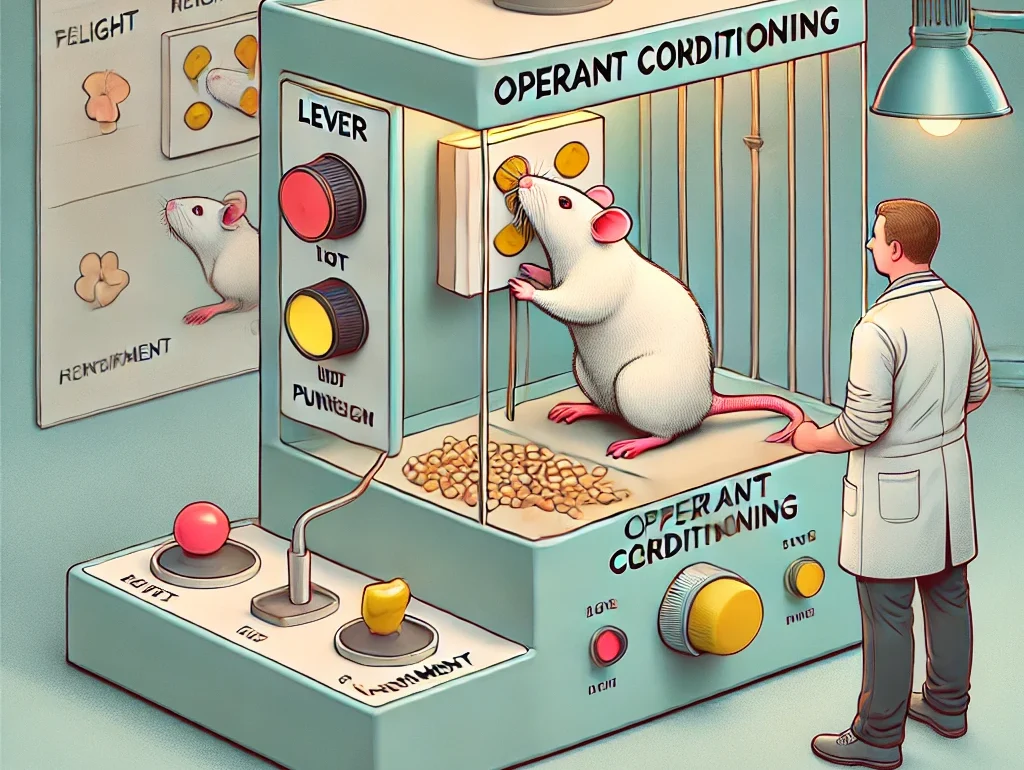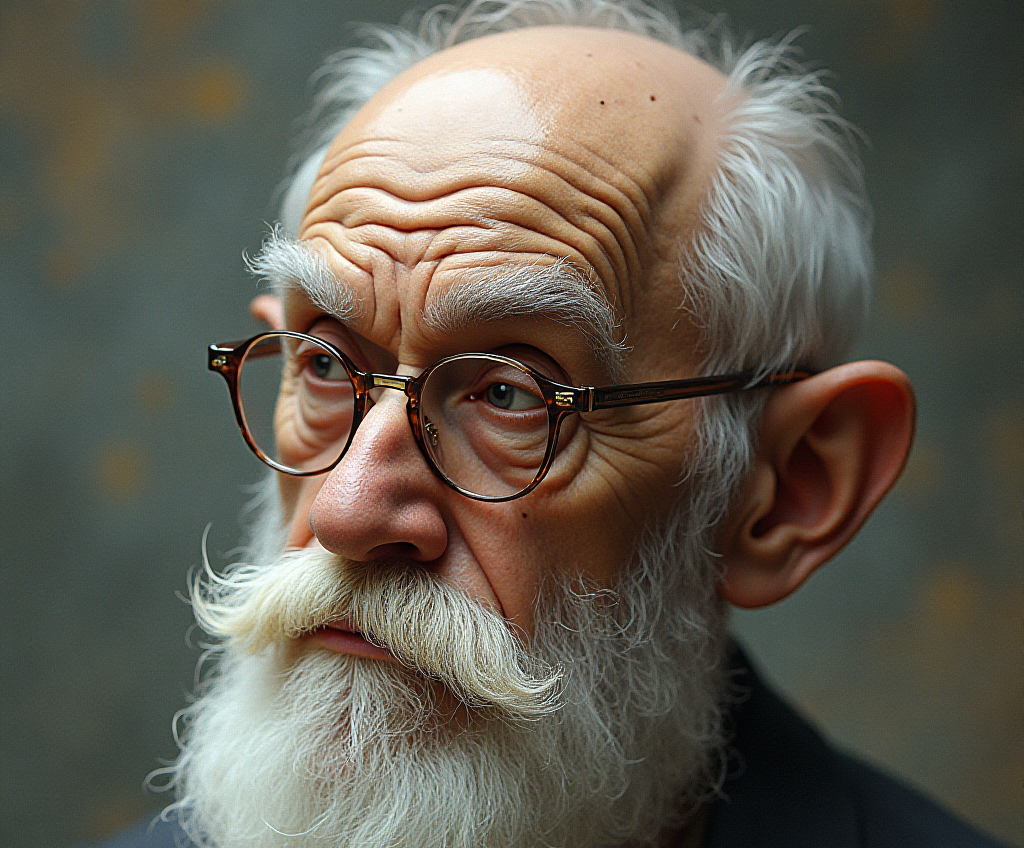
Imagine your right hand picking out a shirt while your left hand slaps it away. Sounds like a joke, but this has really happened — in rare cases involving people with a split brain. The Split-Brain Theory comes from a series of experiments that showed just how different — and sometimes independent — our brain’s left and right hemispheres can be.
Normally, the left and right sides of your brain communicate through a bundle of nerves called the corpus callosum. But in the 1960s, neuroscientist Roger Sperry and his graduate student Michael Gazzaniga studied patients whose corpus callosum had been severed surgically to treat severe epilepsy. These individuals had a perfectly normal life — except when put under special tests. That’s when things got weird.
In their famous experiments, researchers would show an image only to one side of a patient’s brain. Because language is mostly processed in the left hemisphere, if you showed a picture of a spoon to the right hemisphere (using the left eye), the patient couldn’t say what they saw — but they could pick it up with their left hand. It was like each half of the brain knew something, but they couldn’t talk to each other.
This was groundbreaking. It showed that the brain isn’t just one “thinking organ,” but two separate processors, each with its own functions. The left side tends to handle logic, language, and analysis; the right is more visual, spatial, and emotional. And when they’re disconnected, those differences become crystal clear.
RELATED POSTS
View all


